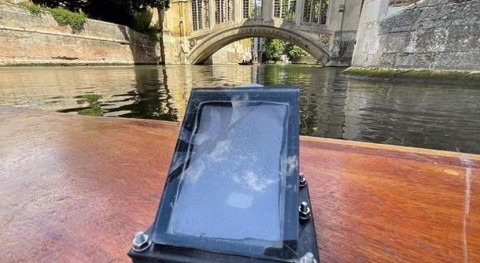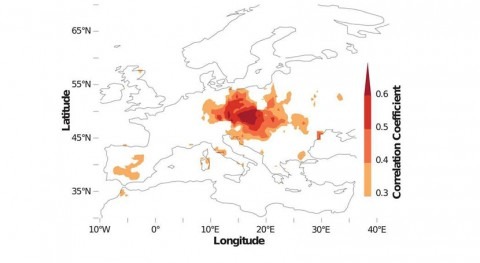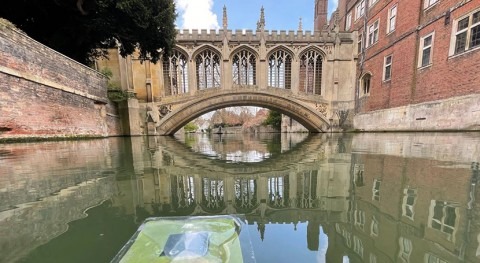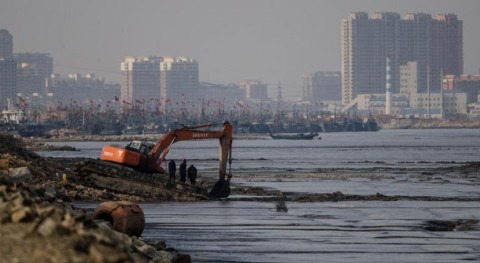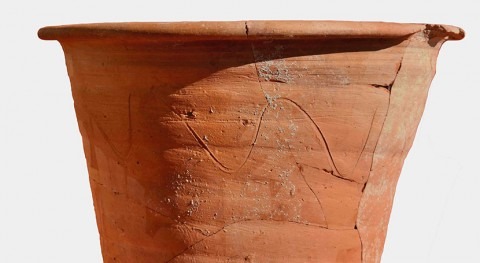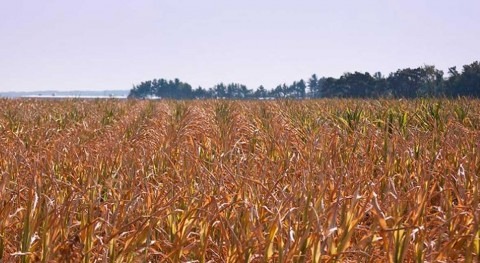The transformative potential of Digital Twins could have a profound influence on how society addresses global sustainability challenges, but more inclusive, reliable and responsive computer simulations are needed to support these efforts, say researchers in a study recently published in 'Nature Sustainability' journal.
A review of the potential of Digital Twins to support society in mitigating and adapting to environmental changes, found that the technology (defined here as real-time, virtual replicas of physical and biological entities) has many benefits, especially in helping to realise ambitions set out in the 17 Sustainable Development Goals (SDGs). These SDGs sit at the heart of a shared blueprint adopted in 2015 by all United Nations Member States and are an urgent call for action by all developed and developing countries as part of a global partnership. However, where digital divides exist, particularly in lower-income countries, the possibility of these countries missing out on Digital Twin technology – and its benefits – is increased, thus conflicting with the SDG aim to ‘leave no one behind’, while also undermining targets set out in four of the SDGs.
The study, authored by Dr Asaf Tzachor and Dr Catherine Richards, from the Centre for the Study of Existential Risk (CSER) at the University of Cambridge, in collaboration with researchers from the University of Melbourne, identifies four benefits that Digital Twins can contribute to the SDGs. These are:
- The ability to monitor significant amounts of real-time data with the use of smart sensors, and model actions and events with great precision, enables efficiency in resource allocation, including natural resources. Examples include validating water leak detection sensors in digital replicas and integrating them into real-world water distribution networks to increase performance and enable predictive maintenance.
- Providing a virtual space for safe innovation in green technologies – this allows for testing at speed and at scale. Once validated using Digital Twin models, new clean technologies can then be rolled out at pace across all facets of society.
- Creating comprehensive computer simulations of whole environments, including farms, factories and electrical grids, that can be accessed via cloud computing – this allows inclusive partnerships for sustainable development to be built between multiple stakeholders, regardless of geographical distances. With this comes the potential for inclusive decision-making and the sharing of data for collaborative planning. Examples include the Fishermans Bend Digital Twin for the Australian state government of Victoria, developed by the University of Melbourne, with the aim being to improve public services, including road infrastructures and safety (in support of Australia’s largest urban-renewal project). The data generated by this Digital Twin has been shared by more than 20 government agencies and municipalities, including transport and water utilities, to design evidence- and simulation-based decision-support tools.
- The ability to monitor and report on the progress of the SDGs, regardless of geographical distance. The University of Melbourne, for example, was able to measure SDG indicators by programming a workflow in their Fishermans Bend Digital Twin and comparing the performance of the SDG indicators’ with several of Australia’s large cities.
“With their increasing degrees of precision, sensor coverage, computational processing capacity and real-time dynamic data of physical assets, Digital Twins have the potential to be used for the aim of achieving ambitious sustainable development targets, such as the goals laid out in the United Nations SDGs,” said Dr Richards, who completed her PhD at the Department of Engineering.
“Using predictive models that draw on real-time data can enable the creation of scenario-based ‘what-if’ simulations to inform planning and operation decisions. However, challenges do exist and close attention must be paid to addressing socioeconomic and technological barriers, with a focus on inclusive design, accessibility and diversity.”

An example screenshot from the University of Melbourne’s Digital Twin, showing transport mode ratios in Greater Melbourne to measure and report progress on SDG 11.2. Credit: Tzachor, A., Sabri, S., Richards, C.E. et al. Potential and limitations of digital twins to achieve the Sustainable Development Goals. Nat Sustain (2022).
According to their review, three road blocks stand in the way of a successful application of Digital Twins for the SDGs. These are defined as:
- Digital divides which exist in research, infrastructure and in the use of technologies that are fundamental to Digital Twins. In lower-income countries, these divides are more visible, due to a lack of scientific investments, technical qualifications and governance structures. This issue also extends to global North-South and rich-poor digital divides.
- A lack of real-time and/or poor quality data makes simulating complex systems difficult, making it impossible for the Digital Twin to provide a ‘live’ virtual replica. This could, for example, obstruct the use of Digital Twins for ecological conservation and restoration purposes, where accurate, simultaneous monitoring of natural ecosystems does not exist.
- Possible inappropriate optimisation – namely, when it comes to generating simulations of future scenarios, such as construction, for whom, and by whom, is this done? Who prioritises certain parameters and outcomes when proposing development pathways? Could algorithms be optimised for the wrong metrics?
“Addressing these limitations requires investment in digital infrastructures in developing countries, including in computer science training for those involved in sustainable development,” said Dr Tzachor. “This means making it a priority to build digital literacy, so that planners in low- and medium-income countries are sufficiently skilled to handle and make sense of the Digital Twin technology. Without this knowledge, developing countries may miss out. Likewise, when developing Digital Twins for sustainable development, decision-support models should be inclusive and responsive to various societal issues – including addressing the potential for bias and misrepresentation at the design stage.”






